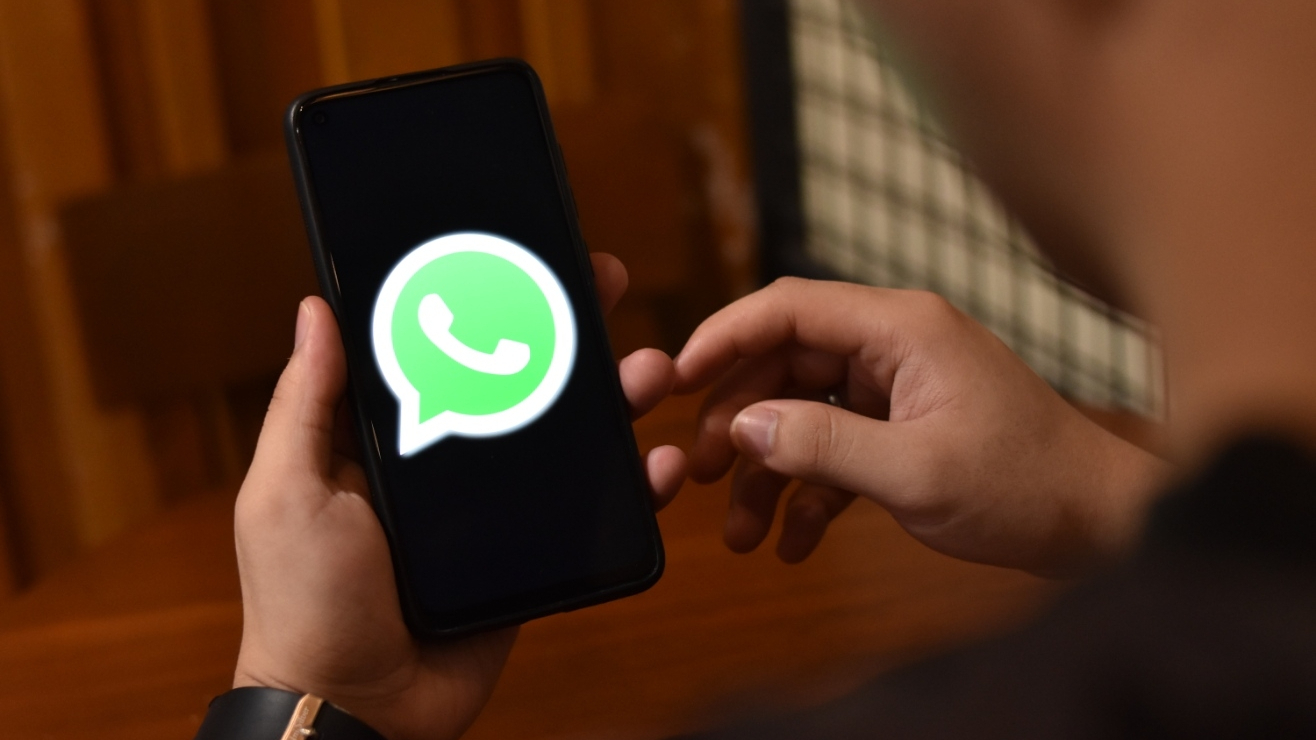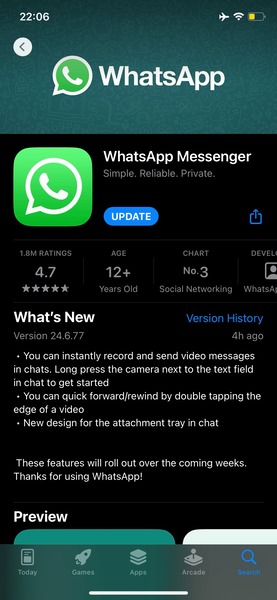
What you need to know
- The latest WhatsApp for iOS update brings a handy new feature to the messaging platform.
- Users, post the update, can double tap the screen to skip/rewind a video for ten seconds.
- The feature is widely popular on YouTube and Twitter, and chances to venture into the Android version of WhatsApp are likely.
WhatsApp has a new nifty feature rolling out to iOS users this week that should make video watching on the messaging platform hassle-free.
Early this week, WhatsApp on iOS, bearing a 24.6.77 version number, brought in a new handy feature that allows users to quickly forward or rewind a video by double-tapping on the edge of their screens (via WABetaInfo). The feature has been quite popular in leading video apps like YouTube and social media apps like X (formerly Twitter).

During the playback of videos, double tapping on either edge of the video would fast-forward or rewind the video by ten seconds.
For now, the feature is official on WhatsApp for iOS. The feature's rollout to Android devices is still unclear; however, the video control was featured earlier in WhatsApp beta for Android in November 2023. It was seen as functional in the beta version, albeit the feature didn't see the light of day in the stable version of the app.
With iOS users now receiving the functionality, we could soon see it on Android phones and tablets, too. It would be one handy feature to see amongst several others that have popped up over the past few weeks.

Some of the latest WhatsApp features include Instagram-like longer status updates, which are also found in the app's latest beta for Android devices. Another feature seen in the works is the ability to hide link previews shared in messages on WhatsApp.
WhatsApp on Android is also testing the ability to transcribe voice notes within the chats, which is very helpful in certain scenarios where users are unable to hear the voice messages and want to read them instead. The interesting aspect of the feature is that they are still end-to-end encrypted and don't leave the device. Notably, the feature is already live on the iOS platform.







